Why Documenting Your Art Journey Matters
From Spark to Mastery
Capturing your artistic process—from first spark to final form—is more than a creative habit. It’s a gateway to growth, reflection, and mastery. A sketchbook isn’t just a place for finished drawings; it’s a living archive of your thoughts, experiments, and breakthroughs. Whether you work digitally, traditionally, or somewhere in between, documenting your journey helps you connect with your evolving voice.
Your sketchbook bridges the gap between raw inspiration and refined execution. It’s where ideas take shape, techniques are tested, and patterns begin to emerge.
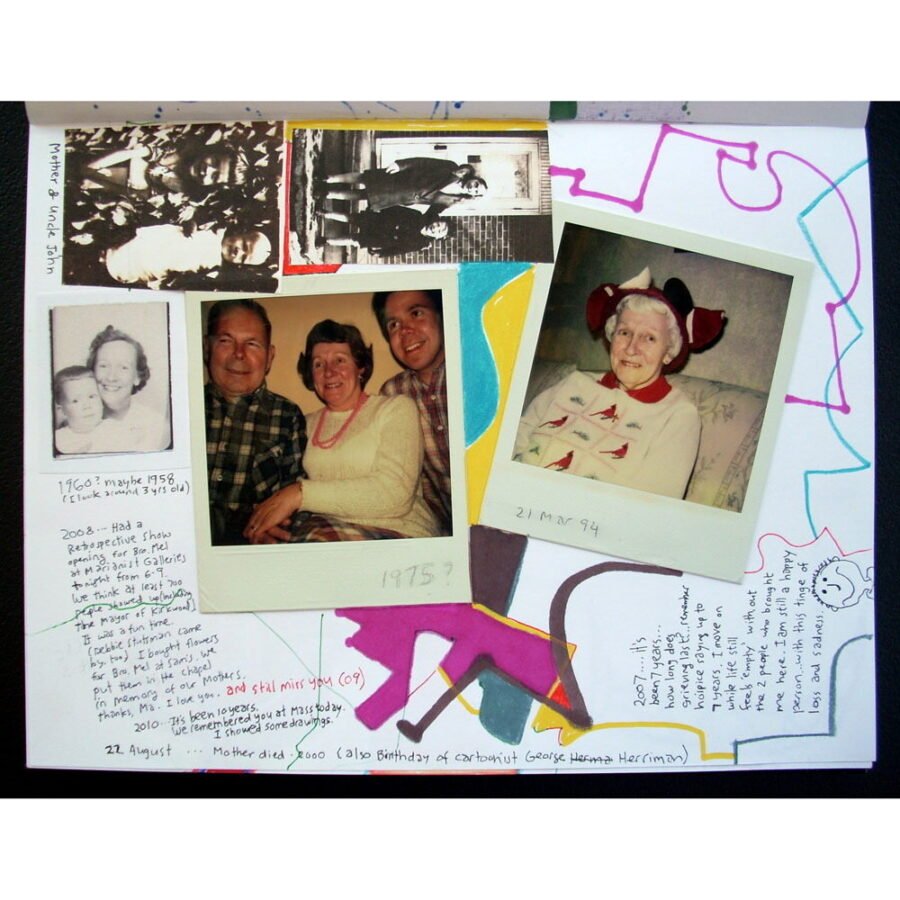
credit: ABZ
The Benefits of Keeping a Sketchbook
Why It’s Worth the Commitment
A consistent sketchbook practice offers long-term creative rewards:
- Tracks Creative Development Over Time
Flip through old pages to see how your style, confidence, and technique have grown. - Builds Confidence Through Daily Practice
Regular sketching reinforces your skills and helps you overcome perfectionism. - Reveals Recurring Themes and Stylistic Tendencies
Noticing what you return to—colors, shapes, subjects—can guide future projects. - Improves Visual Memory and Observational Skills
Sketching from life sharpens your ability to notice and recall detail. - Sparks New Project Ideas and Collaborations
Doodles and notes often evolve into full-fledged concepts or shared creative ventures.
Choosing the Right Sketchbook for Your Needs
Match Your Tools to Your Workflow
Not all sketchbooks are created equal. Your medium, environment, and goals will help determine the best fit.
Paper Type and Texture
- Smooth Paper: Ideal for ink, markers, and clean line work
- Toothy Paper: Great for graphite, colored pencils, charcoal, and dry media layering
Choose acid-free paper if you want your work to last.
Size and Portability
- Smaller Sketchbooks (A5 or pocket-sized): Perfect for travel, daily journaling, or quick studies
- Larger Sketchbooks (A4 or bigger): Better for detailed spreads, mixed media, or studio work
Consider weight and binding if you plan to sketch on the go.
Binding Style
- Spiral-Bound: Lies flat, easy to flip, great for casual use
- Sewn Binding: More durable and archival, ideal for long-term documentation
Some artists prefer hardcover for protection, while others enjoy softcover flexibility.
Turning Concepts into Visual Studies
From Idea to Execution
Your sketchbook is a playground for nurturing abstract ideas into visual clarity. Use it to:
- Start with Loose Thumbnails: Explore composition, balance, and layout
- Add Notes, Arrows, and Color Swatches: Support design thinking and mood development
- Practice Gesture Drawing or Value Blocking: Test movement, light, and emotional tone
- Revisit Old Pages: Layer new insight over past sketches to refine and evolve
This iterative process helps you build stronger, more intentional artwork.
Layering Thought and Technique
Document the Why Behind the What
Don’t just record what you’re drawing—capture why you’re drawing it. Include:
- Snippets of inspiration (quotes, references, dreams)
- Emotional states or personal reflections
- Technical challenges and how you approached them
These layers of context enrich your sketchbook and deepen your connection to your work. Over time, they become a map of your creative evolution.
Developing Artistic Habits Through Sketchbook Use
Consistency Fuels Creative Evolution
Sketchbooks offer more than a blank page—they provide built-in accountability for developing sustainable artistic routines. Whether you’re aiming for daily practice or periodic deep dives, the habit of sketching regularly helps you grow with intention and momentum.
Daily Pages
Small Steps, Big Impact
You don’t need hours to make progress. Even five minutes of doodling or a quick observational sketch can:
- Build discipline and routine
- Reveal unexpected connections between ideas
- Keep your creative muscles warm
Daily pages are less about polish and more about presence. Over time, they become a visual diary of your growth.
Challenges and Prompts
Spark Momentum Through Structure
Participating in sketchbook challenges like Inktober, Sketchbook Slam, or 30-day art prompts can help you:
- Overcome creative blocks
- Explore new themes or techniques
- Stay motivated through community engagement
You can also create your own challenge—try sketching textures for a week, or drawing hands from different angles each day.
Reflection and Review
Track Progress with Intention
Set aside time each month to flip through your sketchbook and reflect. Ask yourself:
- What themes or techniques are recurring?
- Which pages feel most authentic or exciting?
- Where do you want to improve or explore next?
This review process helps you celebrate wins, identify growth areas, and set creative goals.
Sketchbooks as Storytellers
A Memoir in Visuals
Your sketchbook isn’t just a utility—it’s a personal archive. It captures your life, thoughts, and artistic evolution in real time.
Chronicle Your Life and Travels
Use spontaneous sketches to document:
- Places you’ve visited
- Moods or moments worth remembering
- Personal reflections layered with titles or notes
These pages become visual time capsules.
Annotate Experiments and Discoveries
Record what worked—and what didn’t. Jot down:
- Tool combinations and techniques
- Creative pivots or breakthroughs
- Lessons learned from trial and error
This documentation fast-tracks future success and deepens your understanding.
Integrating Sketchbooks into Finished Work
From Ideation to Execution
Sketchbooks aren’t just for brainstorming—they’re stepping stones to completed pieces.
Concept Reuse
Recycle layouts, thumbnails, color studies, or character designs into:
- Polished canvases
- Digital illustrations
- Print-ready artwork
Your sketchbook becomes a launchpad for refined creations.
Portfolio Building
Include select sketchbook pages in your online portfolio or behind-the-scenes sections of your site. This transparency:
- Builds trust with your audience
- Shows your process and versatility
- Highlights your authenticity as an artist
Artistic Authenticity
A well-documented sketchbook reflects your depth and dedication. It’s proof of your evolution, your curiosity, and your creative resilience.

Sketchbooks.org | FEATURED ARTISTS
Mawltea and the Anatomy of the Absurd
An Introduction to the Inventive Mind of mawltea The digital gallery floor has opened on the collected works of mawltea, an artist whose profile hints at a whimsical, slightly self-deprecating approach: "freezing in Oslo, Norway"...
Frequently Asked Questions
What type of sketchbook is best for beginners?
A medium-size, spiral-bound book with mid-weight paper works well for a variety of media and is easy to carry.
How often should I use my sketchbook?
Daily use yields the most growth, but even weekly entries can build habits and track improvement.
Can I mix writing and drawing in a sketchbook?
Absolutely—notes, thoughts, and annotations enhance creative flow and deepen your reflections.
Is it okay to include “bad” sketches in my sketchbook?
Yes. Sketchbooks are meant for exploration, not perfection—mistakes often lead to breakthroughs.
What’s the difference between a sketchbook and an art journal?
Art journals often focus more on expression and mixed media, while sketchbooks emphasize technique and studies.
How do I stay consistent with sketching?
Set achievable goals, use prompts, and make it a joyful ritual—consistency comes from enjoyment, not obligation.
Should I date my sketchbook pages?
Yes. Dating entries helps track progress and makes it easier to reflect on your development over time.
Can I turn sketchbook pages into finished work?
Definitely—many artists use their sketchbook ideas as foundations for final pieces, illustrations, or larger compositions.
Final Thoughts
From concept to canvas, your sketchbook captures not just your art—but your evolution. It’s the silent witness to your growth, the birthplace of ideas, and the honest reflection of your creative journey. Whether you’re just beginning or decades into your practice, there’s always a fresh page waiting to be filled. So pick up your tools, open your book, and document the art only you can create.
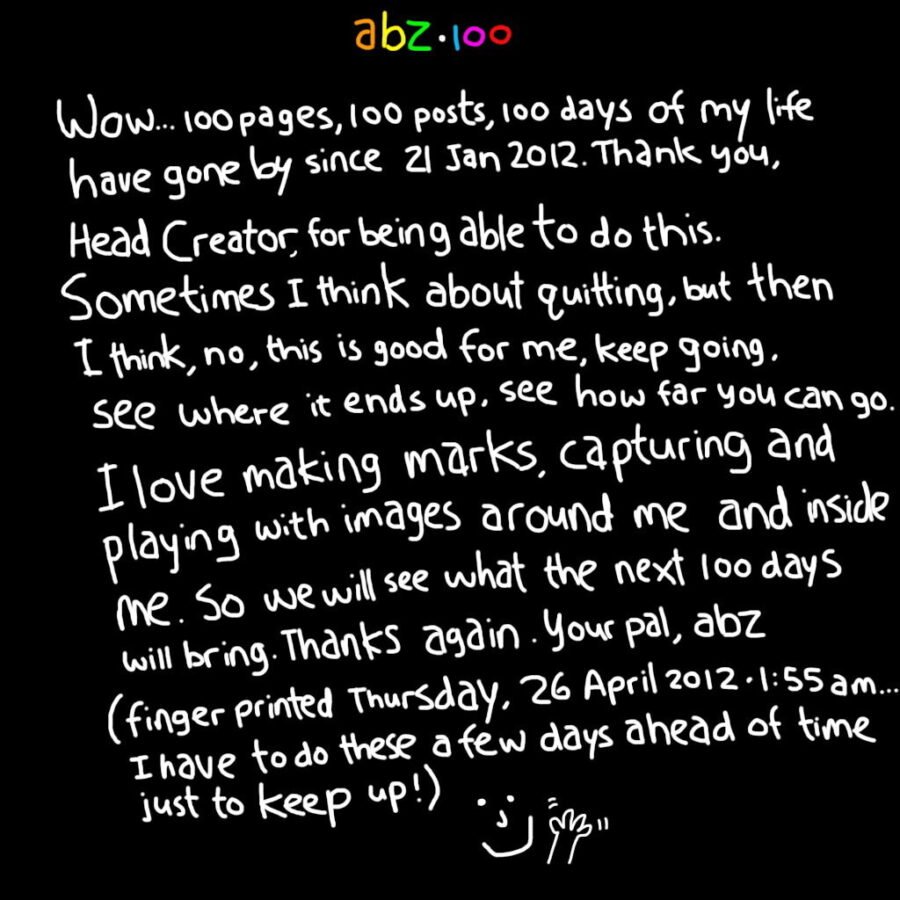
credit: ABZ
Ready to Share Your Work?
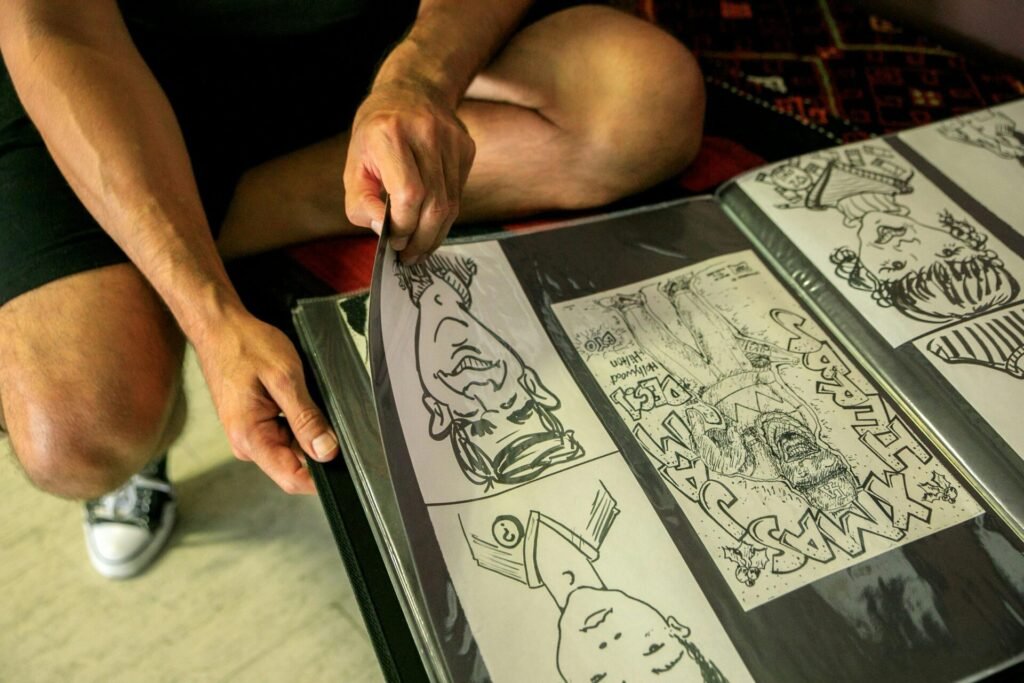
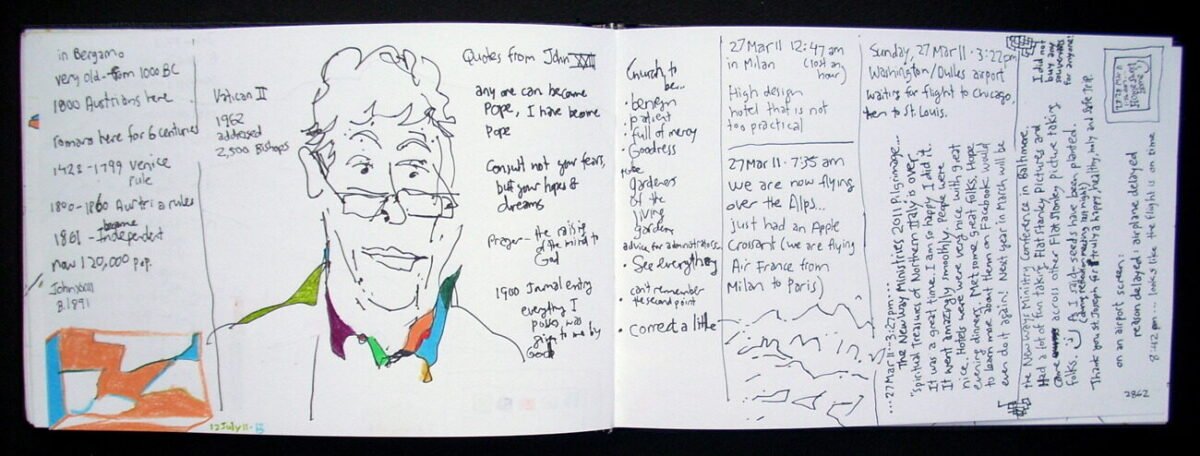
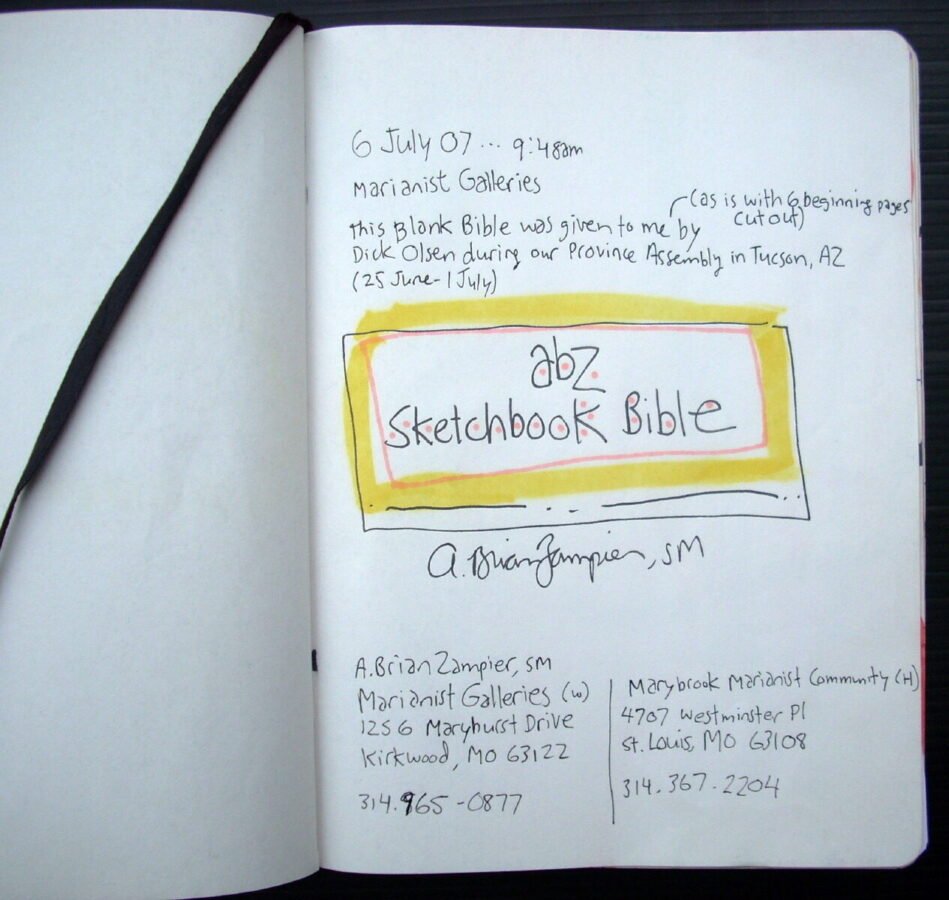




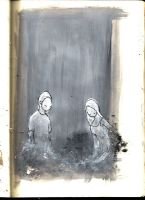
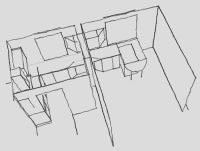



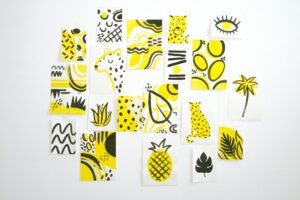
My sketchbook automatically takes me back to the time when i did the page.